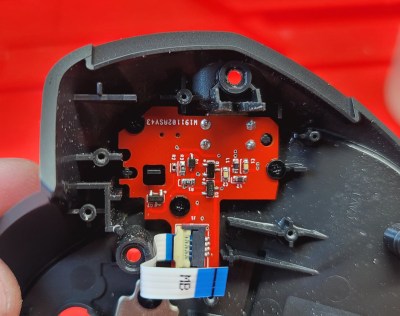Original retrocomputing hardware is now decades old and showing its age, so the chances are it’s more common in 2024 to experience a machine from the 1970s or 1980s by way of an emulator on a modern machine than it is on the real hardware. There’s another more limited emulation scene as similar 8-bit machines emulate each other, for example when the very similar Dragon 32 and Tandy CoCo have a go at each other’s software. Rarest of them all though is when one classic machine emulates another with a different architecture, but that’s exactly what’s happened with [DragonBytes], who has persuaded a Tandy CoCo to emulate an Apple II.
The two machines have significant hardware differences, but we’re guessing that the project is helped a little by the Motorola 6809 in the CoCo and the MOS 6502 in the Apple having both in a sense been different visions of a successor to the Motorola 6800. Thus their architectures while different, are not diametrically opposed. The other hardware is certainly not so similar though, with Moto’s 6847 display chip in the Tandy being far more conventional than Steve Wozniak’s clever NTSC hacks to achieve a color display for minimal cost on the Apple.
The project is written in assembler, and doesn’t by any means claim to support all Apple modes, or be cycle accurate. But it’s a hugely impressive achievement nevertheless.
The CoCo has an enthusiastic following, and has appeared here a few times in the past. We particularly like this video player.


















